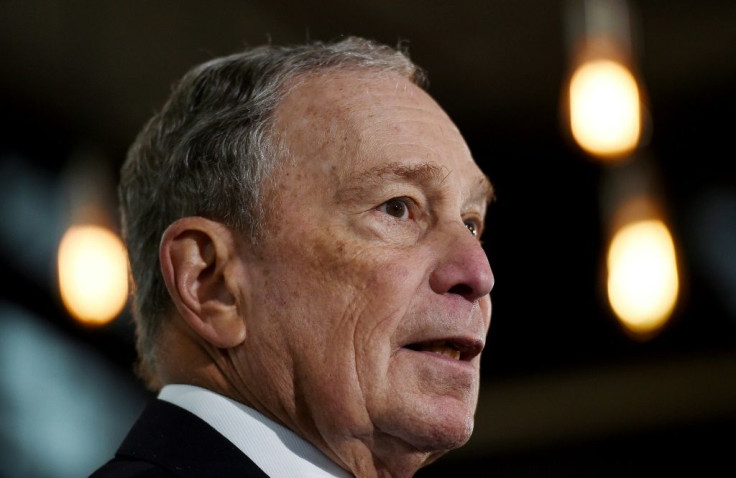Country's First Congestion Charge Comes Into Effect in NYC: Here's How Much Motorists Have to Pay
The congestion pricing plan was first proposed years ago to address the city's infamous traffic and deteriorating transit system

New York City is officially the first city in the U.S. to implement a congestion pricing program, requiring drivers to pay to enter Manhattan's busiest areas.
The congestion pricing plan was first proposed years ago to address New York City's infamous traffic and help fund its transit system, inspired by successful implementations in London and Stockholm, according to NBC News.
The congestion pricing system is now operational, charging cars up to $9 during peak hours and $2.25 during off-peak hours to enter Manhattan south of 60th Street. Small trucks and noncommuter buses will have to pay $14.40 during peak hours, while tourist buses and large trucks will be charged $21.60.
Exemptions include emergency vehicles, school buses and certain low-income drivers.
The program faced years of delays due to political disputes, environmental reviews and legal challenges, including opposition from suburban commuters and lawsuits from neighboring New Jersey.
In late 2024, Governor Kathy Hochul revived the plan with a reduced toll after shelving it temporarily during election season.
Despite its launch, the program continues to face criticism from President-elect Donald Trump, who has vowed to dismantle it, and ongoing resistance from New Jersey, which fears increased traffic spillover.
The Metropolitan Transportation Authority (MTA) anticipates a 10% reduction in vehicle traffic and plans to invest the billions raised into modernizing New York's transit infrastructure.
Originally published by Latin Times
© Latin Times. All rights reserved. Do not reproduce without permission.





















